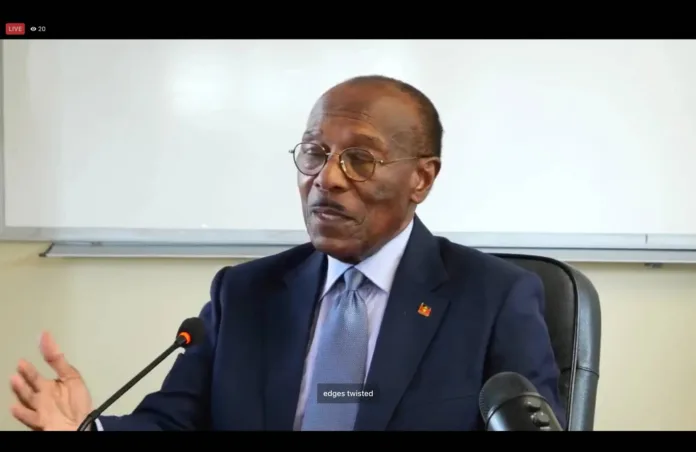The government of Antigua and Barbuda says it has made “significant strides” in modernising the country’s network of public health clinics, with 23 facilities now serving 26 communities across the islands.
Health Minister Sir Molwyn Joseph told reporters that since 2014, major refurbishments and new constructions have taken place in almost every district, as part of a long-term strategy to reduce the pressure on the Sir Lester Bird Medical Centre.
Among the projects completed are the Villa and Glanvilles polyclinics, new clinics at Bowlands and Cobbs Cross, and extensive renovations at Parham, Clare Hall and Liberta. Facilities in Old Road, Liberta and Clare Hall have also been rebuilt or expanded, while the Barbuda clinic was fully reconstructed with support from the Pan American Health Organization following Hurricane Irma.
Three clinics — Potters, Piggott’s and Jennings — remain in poor condition but are scheduled for major repairs, while work is also planned for Newfield, Freetown and Bethesda. A new Browns Avenue facility is being developed at the Halberton Hospital site, freeing resources to focus on a long-delayed overhaul of the All Saints Clinic.
Sir Molwyn said the network expansion was essential to provide “more accessible, community-based care” including antenatal, paediatric, and chronic disease management services. He added that upgraded polyclinics would soon offer radiology, laboratory testing, and specialist consultations, reducing reliance on the central hospital.
The government has relied on the Medical Benefits Fund to finance much of the work. Sir Molwyn contrasted this with past administrations’ decisions to invest surplus contributions in companies such as CLICO and BICO — investments which later collapsed, leaving what he described as a “$16m shortfall” that could have financed further health infrastructure.
Despite challenges with funding and staffing, the minister said only eight of the 23 facilities still require major attention. “I would want to think that is a good strike record,” he said, adding that primary care was being positioned as “the foundation of a stronger and more resilient health system.”


